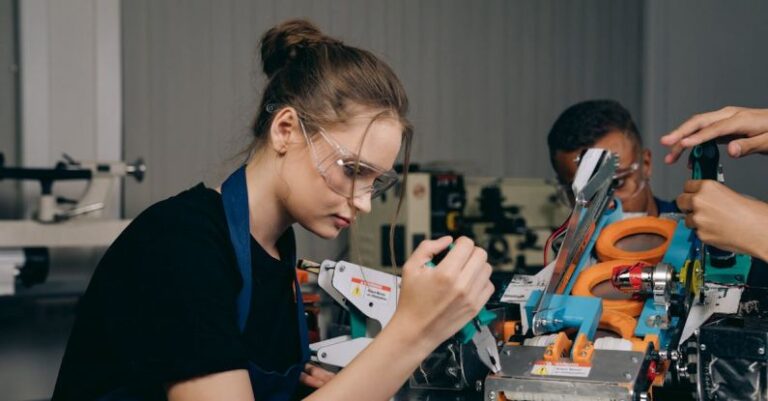
The field of surgery has seen remarkable advancements over the years, with technology playing a significant role in transforming traditional practices. One such area that has revolutionized the surgical landscape is the integration of robotics. The use of robotics in surgery has opened up new possibilities, allowing for more precise and minimally invasive procedures. As technology continues to evolve, the impact of innovation in robotics on the future of surgery is becoming increasingly apparent.
Advancements in Robotic Surgical Systems
One of the key ways in which innovation in robotics is shaping the future of surgery is through the development of robotic surgical systems. These systems are designed to assist surgeons in performing complex procedures with enhanced precision and control. By using robotic arms equipped with specialized tools and cameras, surgeons are able to access hard-to-reach areas within the body with greater ease. This level of precision can result in reduced trauma to surrounding tissues, faster recovery times for patients, and improved surgical outcomes.
Improved Patient Outcomes
Robotic-assisted surgery offers several advantages over traditional surgical methods, ultimately leading to improved patient outcomes. With robotics, surgeons can perform procedures with a higher degree of accuracy, minimizing the risk of human error. This precision can be especially beneficial in delicate surgeries where even the slightest miscalculation can have serious consequences. Additionally, robotic systems can provide real-time feedback to the surgeon, allowing for adjustments to be made promptly during the procedure.
Enhanced Visualization and Instrumentation
Another significant benefit of robotics in surgery is the enhanced visualization and instrumentation it offers. Robotic systems are equipped with high-definition cameras that provide surgeons with a magnified, 3D view of the surgical site. This level of detail allows for better identification of critical structures, leading to more precise incisions and suturing. Moreover, robotic instruments are designed to mimic the movements of a human hand but with a greater range of motion, enabling surgeons to perform intricate maneuvers with unparalleled dexterity.
Minimally Invasive Procedures
One of the most notable contributions of robotics to the field of surgery is the promotion of minimally invasive procedures. Minimally invasive surgery involves making small incisions through which surgical instruments and a camera are inserted. By using robotic assistance, surgeons can perform complex operations through these tiny openings, avoiding the need for large, open incisions. This approach results in less pain, reduced scarring, and faster recovery times for patients compared to traditional open surgery.
Training and Education
In addition to its impact on surgical procedures, innovation in robotics is also transforming the way surgeons are trained and educated. Robotic surgical systems provide a platform for trainees to practice their skills in a controlled environment before operating on live patients. This hands-on experience allows surgeons to familiarize themselves with the technology and refine their techniques under the guidance of experienced mentors. As a result, the next generation of surgeons is better equipped to leverage robotics in their practice, ultimately raising the standard of care for patients.
The Future of Robotic Surgery
As technology continues to advance, the future of robotic surgery holds great promise for further innovation and refinement. Researchers are exploring new applications for robotics in surgery, such as autonomous surgical systems that can perform certain procedures without direct human intervention. Additionally, the integration of artificial intelligence and machine learning algorithms is expected to enhance the capabilities of robotic systems, enabling them to adapt to individual patient anatomy and optimize surgical outcomes.
In conclusion, the integration of robotics in surgery is revolutionizing the way procedures are performed, offering a host of benefits for both surgeons and patients. From improved precision and visualization to the promotion of minimally invasive techniques, robotics is shaping the future of surgery in profound ways. As technology continues to evolve, the possibilities for innovation in robotic surgery are endless, paving the way for safer, more efficient, and more effective surgical care.





